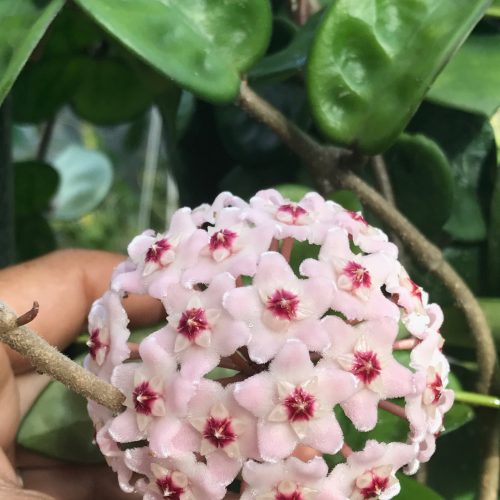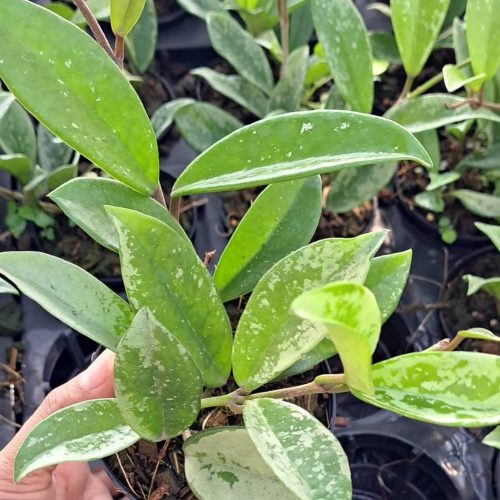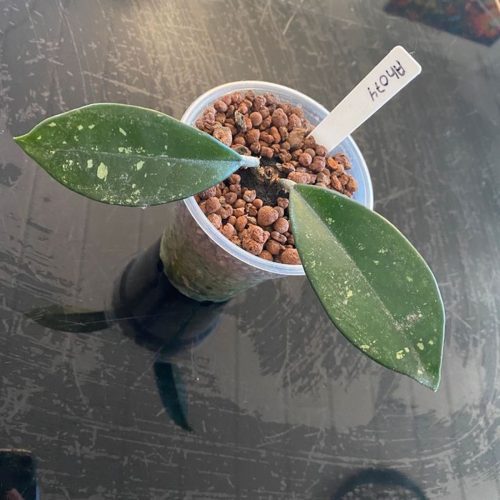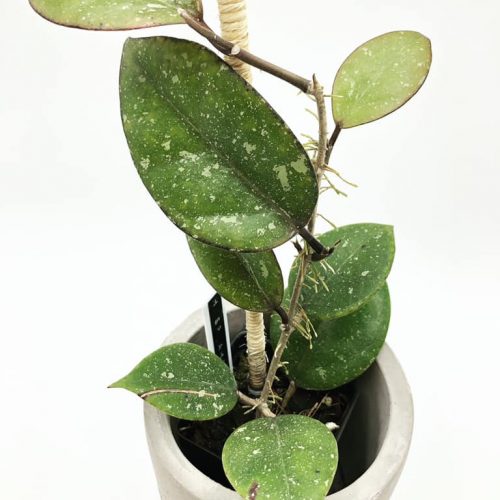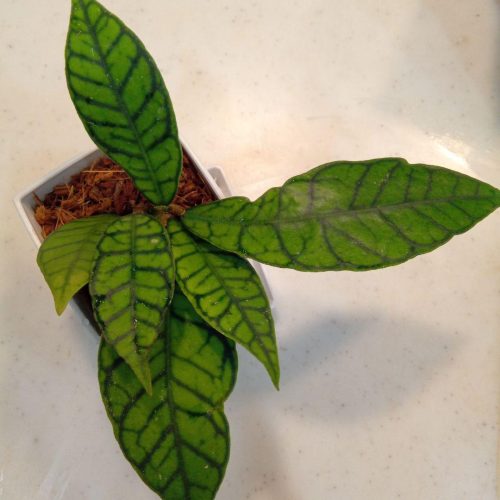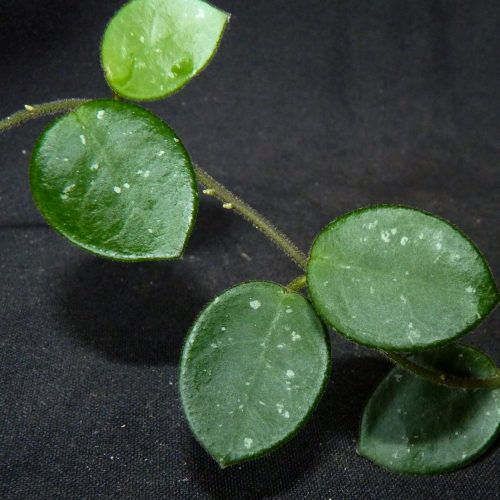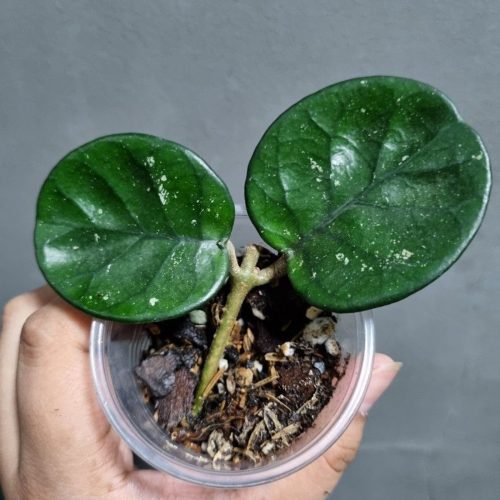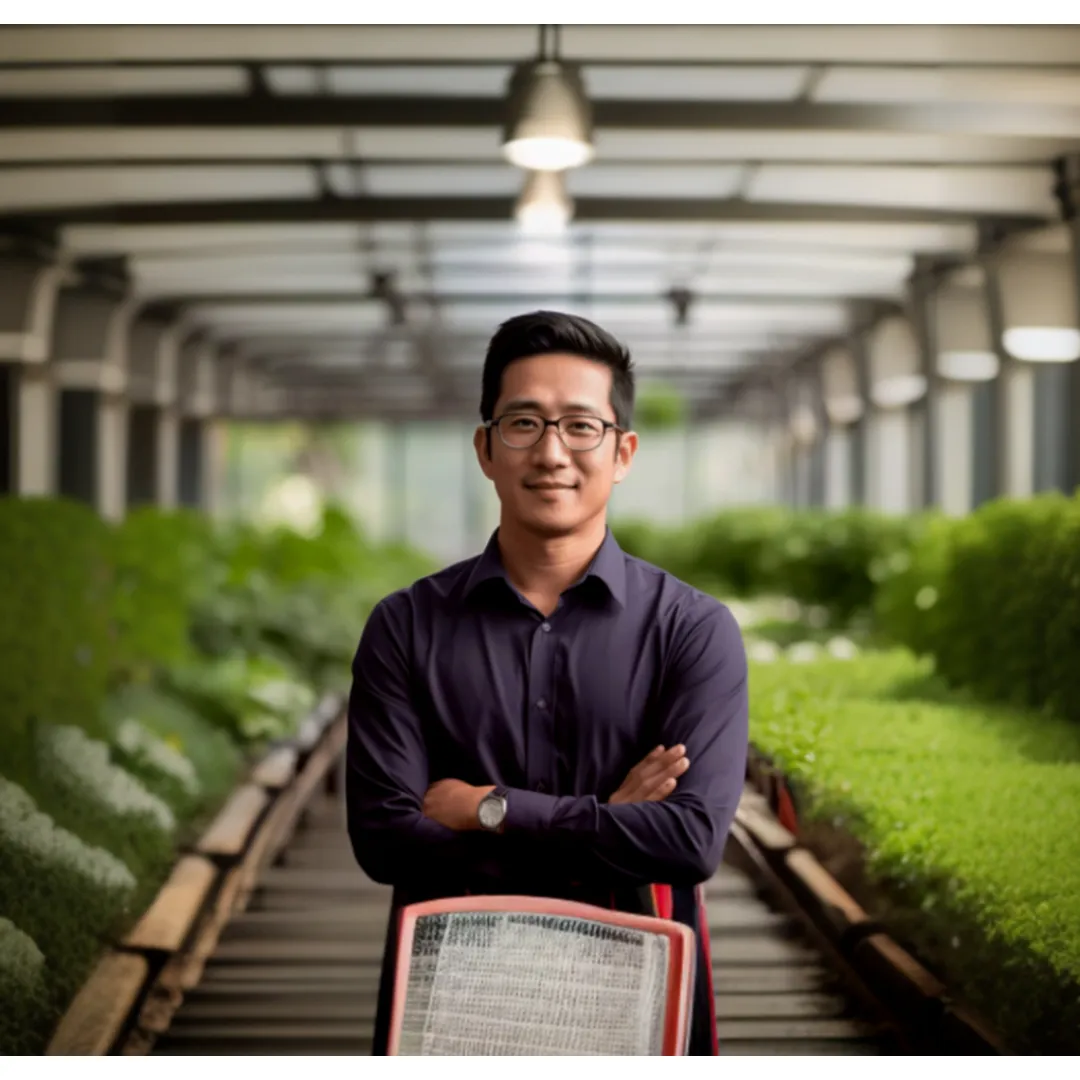Hoyas, also known as wax plants, are popular houseplants known for their waxy leaves and star-shaped flowers. Choosing the right soil is key to keeping your Hoya healthy and helping it thrive. This article will provide six must-know tips for picking the best soil for Hoyas.
1. Use a Well-Draining Soil Mix
Hoyas prefer a lightweight, airy soil that drains well. Sitting in wet soil can cause root rot and other problems.
What’s wrong with standard potting mix?
Standard potting mixes usually contain a high amount of peat moss or coconut coir which helps the soil retain moisture. While great for some plants, this moisture retention capacity is not ideal for Hoyas. The dense, water-logged environment could suffocate the roots.
Creating the right mix
The best Hoya soil mix contains ingredients that provide air pockets and allow excess water to quickly pass through. Good options include perlite, pumice, bark chips, charcoal, and sand. Aim for a mix that’s 1/3 organic matter like peat or coir for nutrients and 2/3 inorganic gritty materials for drainage.

2. Consider Adding Orchid Bark
Orchid bark is a popular addition to Hoya soil. These coarse chunks of bark provide excellent aeration and drainage.
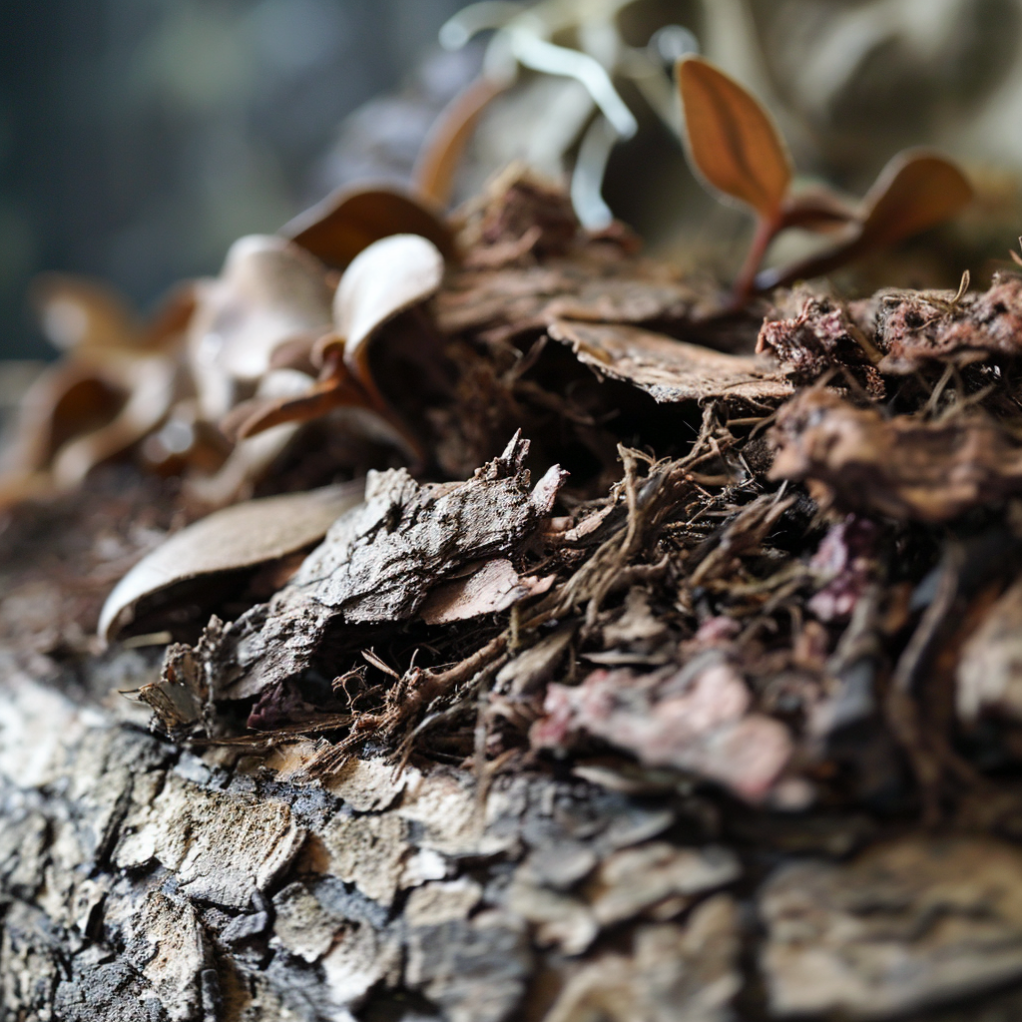
Why it works
As a epiphyte growing on trees in tropical environments, Hoyas have adapted to Quickly dry out between rainfalls. The large pieces of bark maintain air pockets around the roots. Just like their natural habitat, this allows excess moisture to easily evaporate.
Drawbacks
Drawbacks of orchid bark include:
- Breaks down quickly and needs replenishing
- Provides no nutrients
- Can raise soil pH over time
If using, amend with fertilizer and aim to repot at least every 2 years.
3. Don’t Use Heavy Potting Mixes
Steer clear of any bagged soil labeled as moisture-retentive or water-conserving. These dense mixes will stay too wet.
What not to use
Avoid potting soils marketed for flowers and vegetables, as well as rich blends containing compost or lots of peat. Always check labels and ingredients before purchasing a potting mix.
Signs of overly damp soil
If the lower leaves of your Hoya start turning yellow or soft/limp, overly moist soil could be to blame. Root rot also causes stunted growth and vine dieback.
4. Add Perlite for Extra Drainage
Perlite is an affordable soil amendment made from volcanic glass. The white specks lighten the texture and provide exceptional drainage.
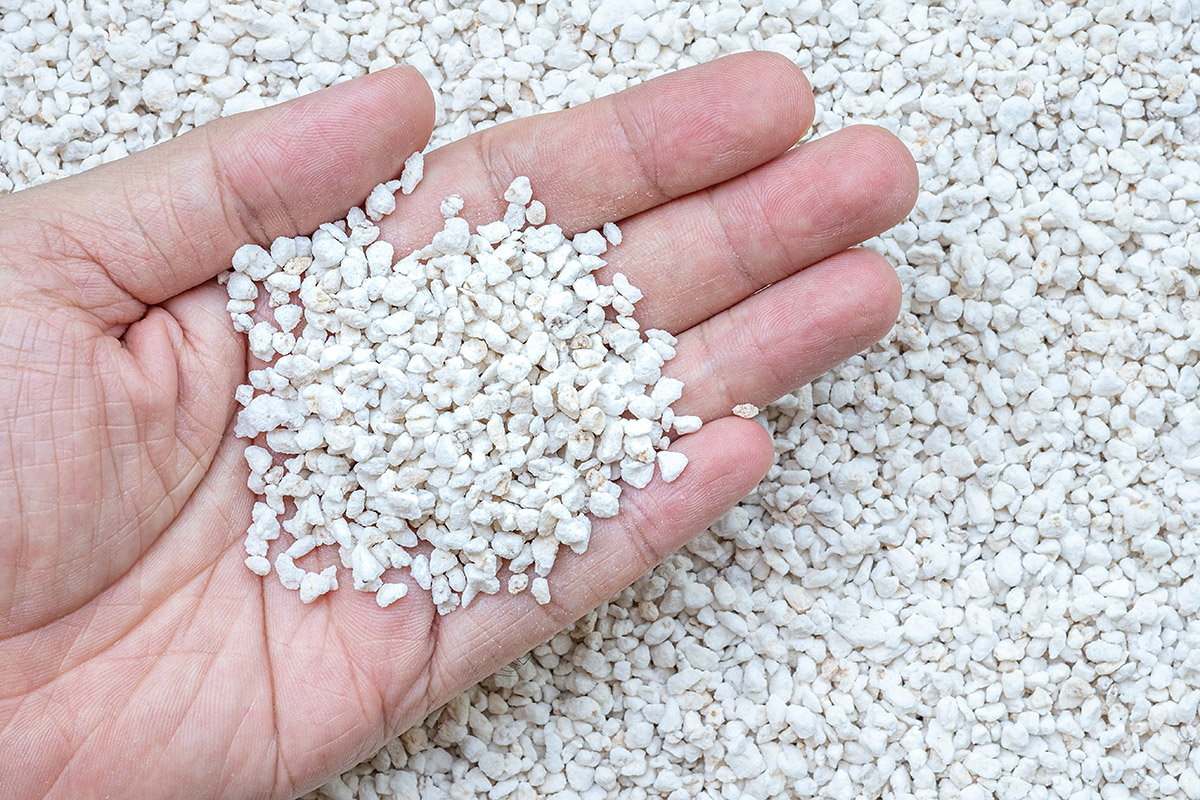
Elevate Your Home with Elegant Hoya Plants – Get Yours!
Perlite pros
This porous mineral cannot retain any moisture on its own. Perlite creates essential air space when mixed into denser potting media like peat-based mixes.
How much to add?
As a general rule, amend bagged potting soil with up to 50% perlite for Hoyas and other tropicals needing ultra-fast drainage.
5. Don’t Let Hoyas Sit In Water
While Hoyas thrive in humidity, allowing the roots to sit in water can be disastrous. Always toss any excess liquid that drains out of the pot.
Ensure proper soil depth
Choose a container with adequate height. Soil depth should reach close to the rim so water doesn’t pool and stagnate at the bottom.
Improve drainage
If your current pot lacks bottom holes, repot the Hoya into one with adequate drainage. You can also place pebbles or pieces of broken terracotta in the drainage tray to prevent standing water underneath.
6. Adjust Your Watering Approach
Hoyas prefer to dry out between waterings. The type of soil directly impacts your plant’s water needs.
Frequency varies
A sandier, fast-draining medium means you’ll likely need to water more often. Richer soil with more organic material will stay moist longer. Adjust your schedule based on the mix.
Check soil before watering
Regardless of composition, let the top few inches dry before adding more. Always check soil moisture with your finger versus on a set timeline.
Where to buy Hoya plants? Benefits from importing plants from Thailand
- Shipping: Door to door shipping, fast and safe with Dragon Courier
- Biodiversity: Thailand is known for its rich biodiversity, including a wide variety of aroid species. This diversity allows importers to access a broad range of unique and exotic aroid plants.
- Quality and Health of Plants: The suitable climate helps the plants grown here stay healthy and of high quality.
- Cost-Effectiveness: Due to favorable growing conditions and efficient production methods, Thai aroid plants can often be more cost-effective compared to those from other countries.
- Access to Hybrid Varieties: Thai growers are often involved in the development of new hybrid aroid varieties, offering unique plants that may not be available from other sources.
Hoya plants species are the most sought after by aroid plant lovers
FAQ
- What is the best soil mix for Hoya plants? Answer: The best soil mix for Hoya plants is a well-draining mix that includes a combination of potting soil, perlite, and orchid bark or sphagnum moss. This mix allows for proper moisture retention while preventing overwatering.
- Should I use a cactus or succulent mix for my Hoya plant? Answer: While Hoya plants prefer well-draining soil, a cactus or succulent mix can be too fast-draining for them. It’s better to use a mix designed for tropical or epiphytic plants, which retains some moisture while ensuring good drainage.
- Can I use regular garden soil for my Hoya plant? Answer: Regular garden soil is not recommended for Hoya plants as it can retain too much moisture and lead to root rot. It’s best to use a well-balanced potting mix specifically formulated for indoor tropical plants.
- Do I need to repot my Hoya if the soil becomes compacted or too old? Answer: Yes, it’s a good idea to repot your Hoya every 2-3 years or when you notice the soil becoming compacted or depleted of nutrients. Repotting allows for better aeration, fresh nutrients, and healthier growth.
- Are there any specific care tips for Hoya plants regarding soil moisture? Answer: Hoya plants prefer to dry out slightly between waterings. Always check the top inch or two of the soil before watering, and ensure that the pot has good drainage to prevent waterlogged soil. Water sparingly in winter when growth slows down.

